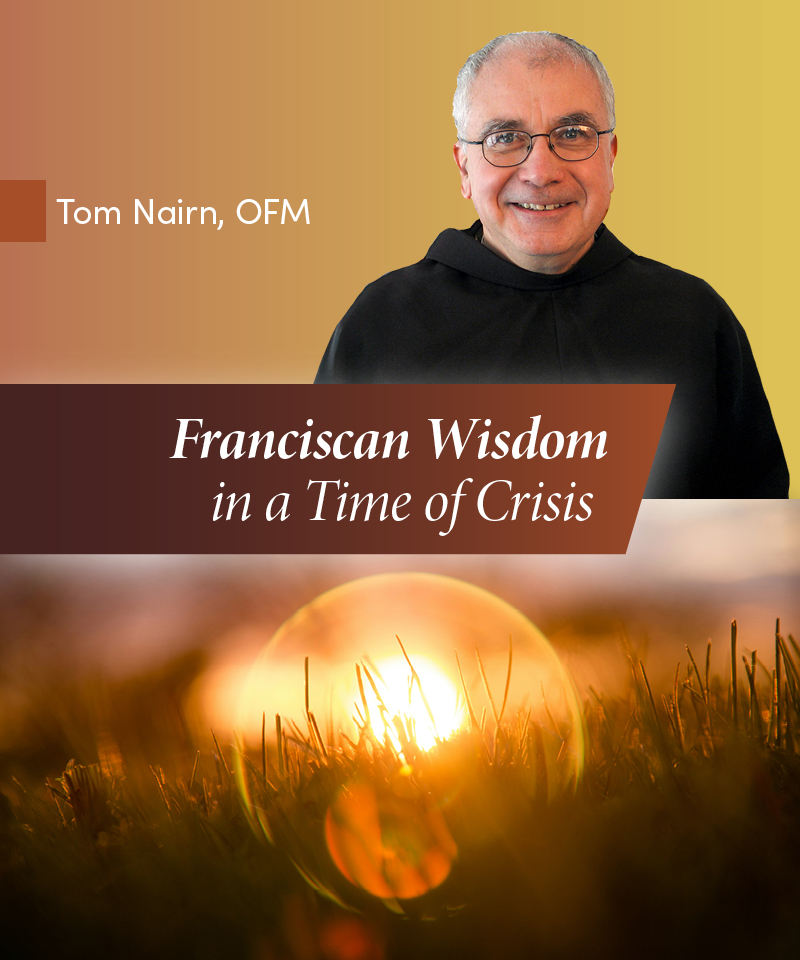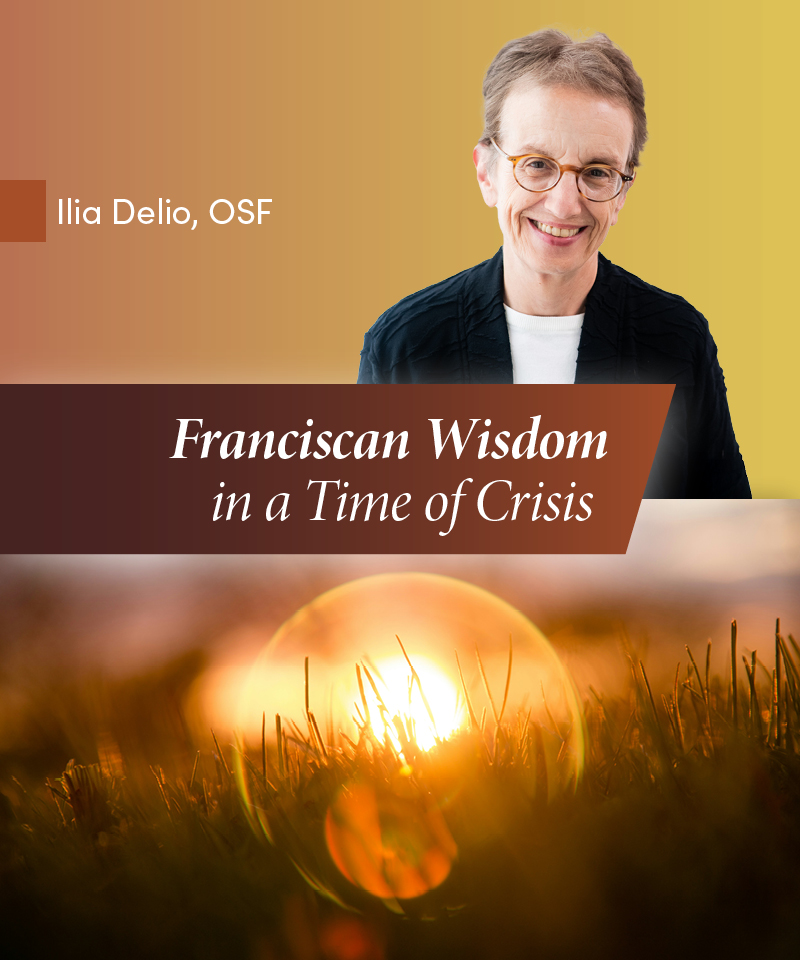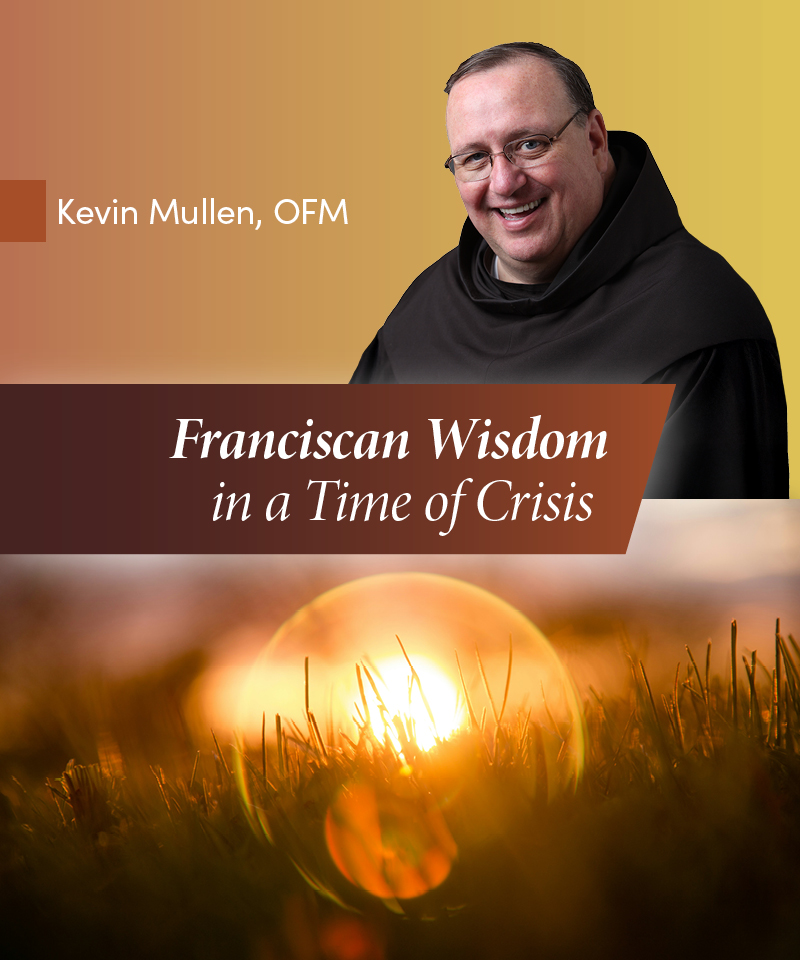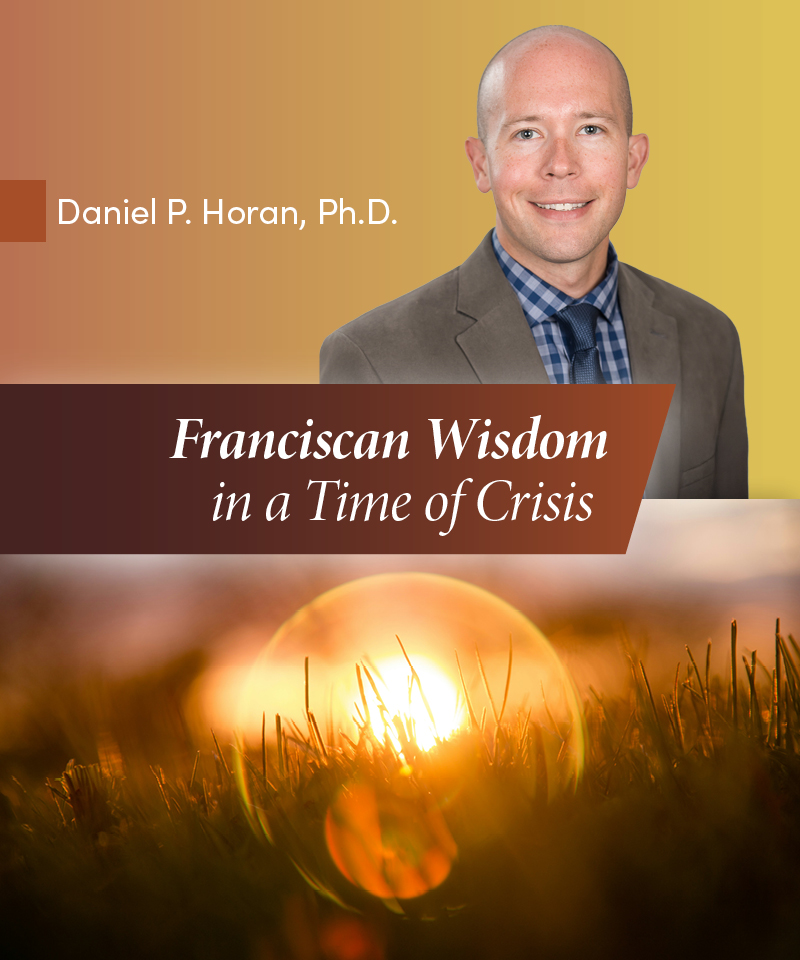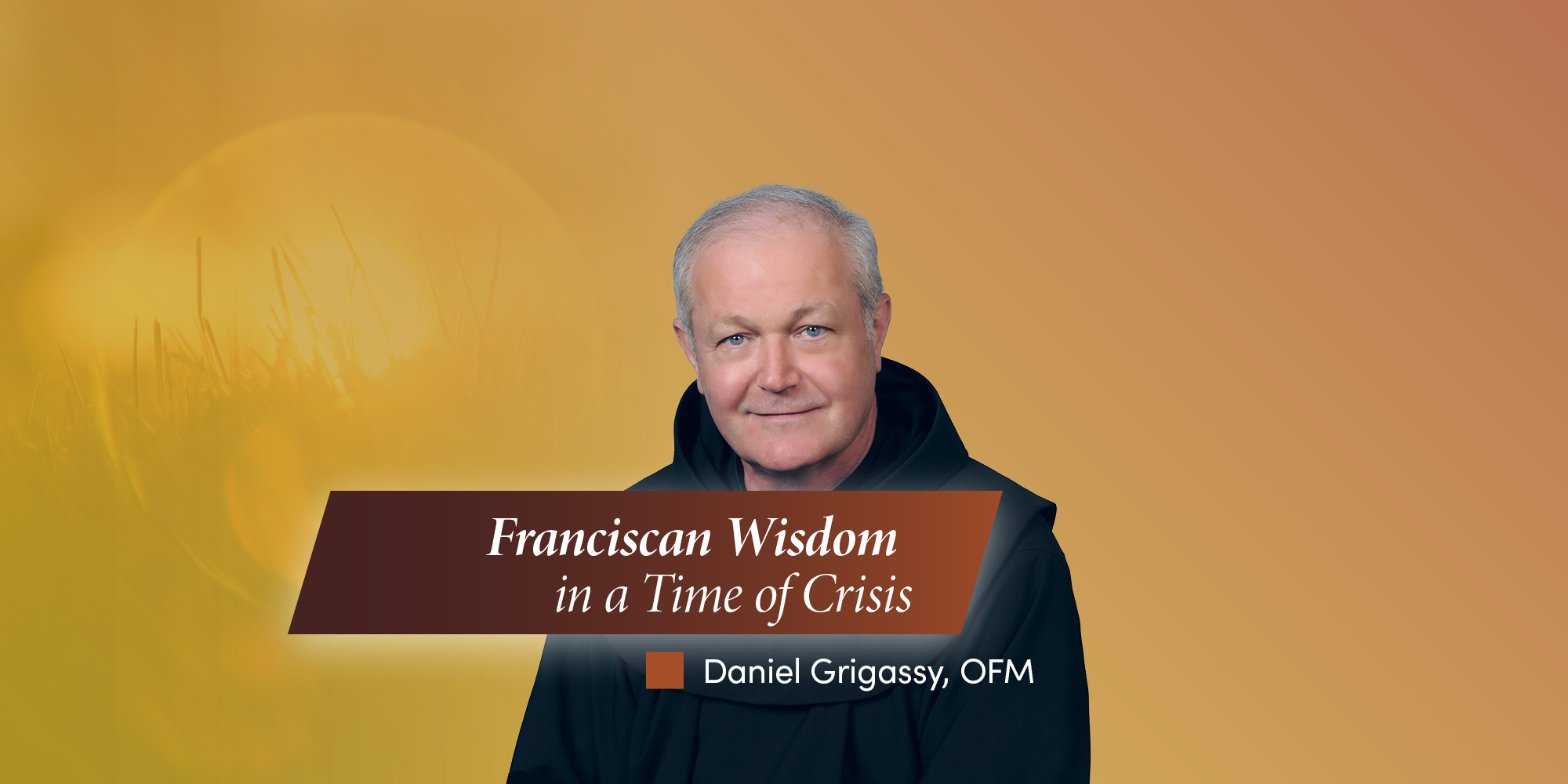Hope in the Darkness: A Franciscan Reflection for Advent and Christmas
Author: Daniel Grigassy, OFM
Date Published: November 19, 2025
One Christmas the brothers were discussing whether or not they were obliged to abstain from meat since the feast fell on a Friday. Francis responded to Brother Morico, “You sin, little brother, to call the day on which the Child was born for us a Friday. On a day like this I want even the walls to eat meat, and if they cannot, at least let their surfaces be smeared with it (2 Celano, 199).
The story of meat-smeared-on-the-walls has become part of our common narrative as Franciscans. Not a Christmas Day goes by without someone speaking out this favorite metaphor to encourage all the friars to rejoice in the feast! Such extravagance, so uncharacteristic of Francis, jolts us into joyful laughter that alerts us to celebrate with gusto the Nativity of the Lord. However, the metaphor of meat may not play so well this Christmas since the price of most meats will surely climb higher in Advent. Whatever our choice, we will still celebrate with great joy the revelation of who we are because of what God has done for us in Christ. He takes on the poverty of our flesh that we may gain the riches of his divinity. He who is full is made empty that we may share in his fullness.
Francis loved Christmas. He called it “the feast of feasts” (2 Cel, 199). His first biographer tells us that “the humility of the incarnation and the charity of the passion occupied his memory to such an extent that he hardly wanted to think of anything else” (1 Cel, 84). As we begin this time of Advent, we find ourselves distracted. Will we manage to celebrate the Christmas feast wholeheartedly in a global climate of war and suffering, massive migrations of traumatized war victims and economic refugees, chaos in our country, and apprehensions and fears for the future? Commentators, syndicated columnists, political cartoonists, and late-night comedians have highlighted the tension that comes with the growing apprehension that the darkness is, in fact, gaining on us.
Other periods of history have known serious gaps between the hoped-for “comfort and joy” of Christmas and the darkness that threatened to overcome the light. We have only to recall depictions of soldiers in the trenches of World War I, managing to mark Christmas by temporarily replacing hostilities with fraternization, to appreciate the resilience of Christians determined to celebrate Christmas. Their act was extraordinary, but the impulse behind it is not unique. In wartime, following natural disasters or in times of crisis, families pull together a makeshift Christmas with fewer places at the dinner table, and celebrate as best they can, often “for the sake of the children.”
So, what about us? This age of distraction and deception that we are living in so readily brings on despair. We exhaust ourselves trying to stay awake to the world around us. We brace ourselves for the bumps of each new day as we watch our wonderful country unravel. Popular culture fosters a certain degree of cynicism as a realistic attitude fully justified by the facts. And, to make matters worse, not only the news but also our entertainment is saturated with dread. All too many crime shows and apocalyptic movies vividly illustrate the many things we fear. Hope does not come easily to us.
Yet the Christmas that approaches, despite the usual cheap glitz, commercial exploitation, and plain greed, does embody a certain hope. It makes promises we cannot keep yet cannot abandon, promises of peace on earth in spite of organized terror, and of good-will-to-all even as the social and economic gaps grow wider. In the midst of apprehensions and fears, we still ‘lift up our hearts’ in the confidence that hope brings. We make time to breathe, to sit still, and to remember that God-is-with-us! Christians will drape lights on the trees, bake the cookies, attend the children’s pageants, and search for a Midnight Mass even when they might not have thought of church all year. Our hopes, perhaps our hope against hope, lie under the surface of our seasonal customs and pervade our dogged resolution to honor the mysteries we cannot always explain. Despite the darkness, we see glimmers of light. We insist on celebrating Christmas with the best that is within us.
Before the feast there is always the fast; the time of Advent preparation is upon us. The two poles of the liturgical year – the Advent-Christmas Cycle and the Lent-Easter Cycle – reflect all of human life, its beginning and end, its birth and death. Throughout the feasts and seasons, we visit the whole of the Paschal Mystery. One moment of the Mystery is brought to the foreground. We linger with it, look at it closely, appreciate it more deeply, see how meaningful it is, and then share its riches with others. When we celebrate one moment of the Mystery, we celebrate the whole of it. Our own brother Bonaventure in his Christmas sermons preached on both the crib and the cross. One is not possible without the other.
So, too, in our liturgical year. The Advent-Christmas Cycle arrives with first vespers of Advent, the beginning of a new liturgical year. The Advent Lectionary calls us to sit up straight and stay awake; the orations of the Missal alert us to the coming of the Lord, in majesty at the second coming, in memory at Bethlehem, and in mystery in our own homes and hearts. This year for almost four weeks of Advent we pay attention, we wait, and we listen. Then we press forward in joyful hope and expectation to the Day of the Feast: “Today the Virgin is coming in the cave to give birth to the eternal Word in a manner beyond expression. Let the world dance when it hears the news; with the angels and shepherds glorify the eternal God who chose to appear as a newborn child” (Kontakion of the Pre-Festive Day of the Nativity).
When Christmas Day is done and we move through the several days of the Christmas season, we bid farewell to 2025 and conclude the Jubilee Year of Hope. Pope Francis opened the Holy Doors of St. Peter’s Basilica on 24 December 2024 to mark the beginning of the Jubilee. Pope Leo will end it on 6 January when he closes the Holy Doors.
Four days later on 10 January in the Basilica of Our Lady of the Angels, the general ministers of the Order will officially open the final phase of our octocentenary celebrations. The first year focused on the Rule and the Greccio Crib (1223-2023), the second on the Stigmata (1224-2024), the third on the Canticle of the Creatures (1225-2025), and finally on the Transitus, renamed The Easter of St. Francis to include not only his passing from this life but also his entry into eternal life (1226-2026). Each year one aspect of Francis’s story is brought to the foreground. We linger with it, look at it closely, appreciate it more deeply, see how meaningful it is, and then share its riches with others. When we celebrate one moment of the story, we celebrate the whole of it.
During these last three years, local leadership has alerted us to the great heritage that is ours, its richness, its beauty, and its timeliness in our own dark days. Throughout this final year of observance, the distractions and deceptions in the world and in our country will no doubt continue, but as followers of Francis we press forward and give witness to the reason for our hope in the crib, the cross, and the promise of the resurrection. All Franciscan men and women embrace the opportunity to find ways in
preaching, teaching, and living to alert others to the Franciscan spirit, to tell the story of our brother Francis, his life and his mission, especially to those unfamiliar with it, and even to those of us still full of desire to reignite the fires of our initial fervor.
To stir up the hope within us, our general minister Massimo recently alerted us to Pope Leo’s official recognition of the martyrdom of our brother Louis Paraire and a group of friars. On 26 April 1945 they were transported on an open-top train from Buchenwald to Dachau on their way to certain death. Their spirits moved them to sing the Canticle of the Creatures. Their song, though only in a whisper, praised God for all created things, even for Sister Death as she approached.
One friar, Eloi Leclerc, survived to tell the story of the “certain hope” that sustained them. “In the middle of hell,” he wrote, “something burst in from heaven.” His testimony lives on in his book, The Wisdom of a Poor Man. Not even the Nazi death machine could extinguish their enduring hope in the goodness of the Lord of all creation. In our own day we sing this same song with full-throated voices, ever mindful of the enduring hope of our brothers on that train. Their witness assures us that our hope in the Lord is not simply a vague optimism but the assurance in the victory of the Paschal Mystery, the crib, the cross, and the promise of the resurrection. This Christmas we may not smear the walls with beef, but we must lift up our hearts so that all people may be raised up to a new hope.

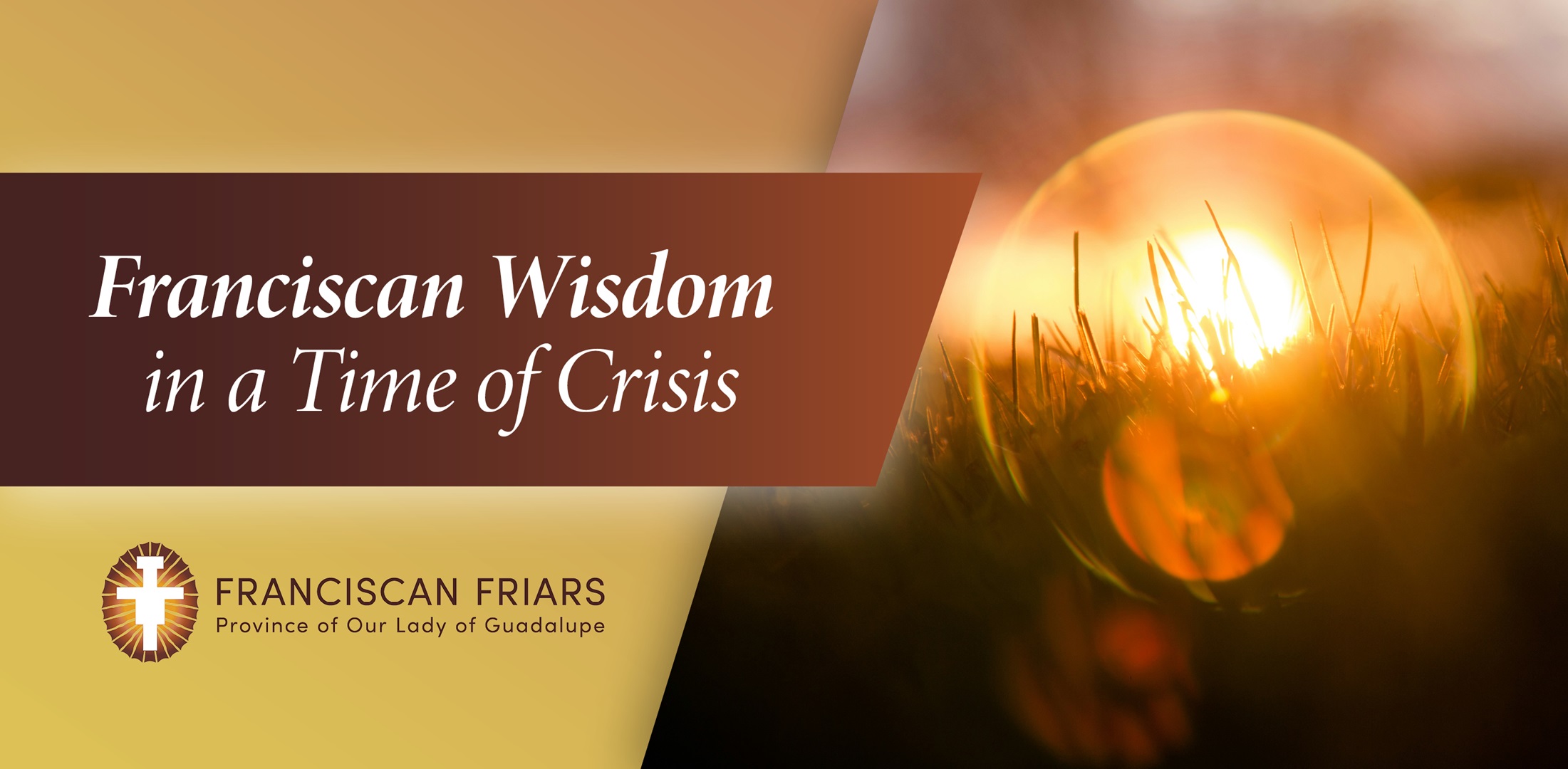
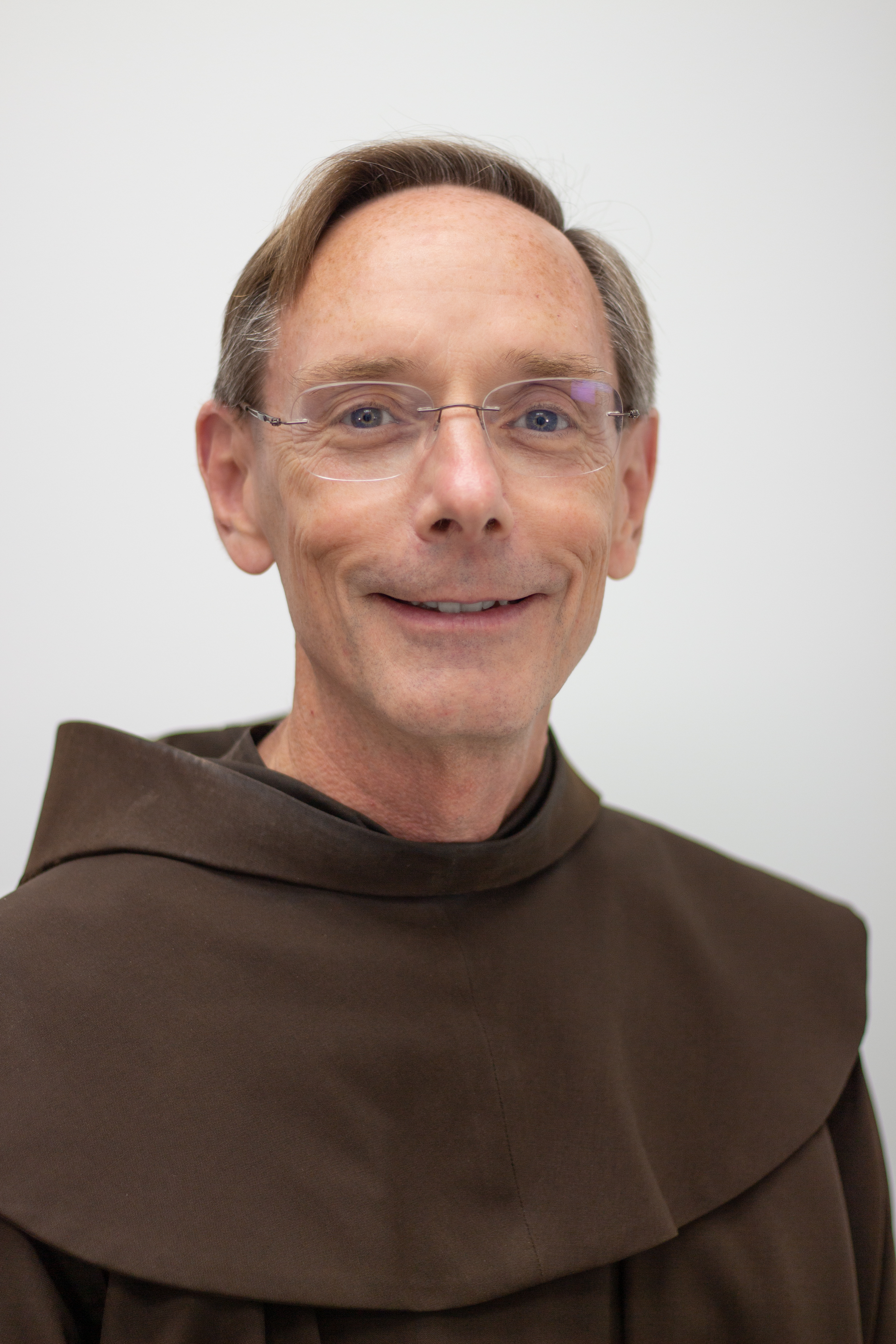

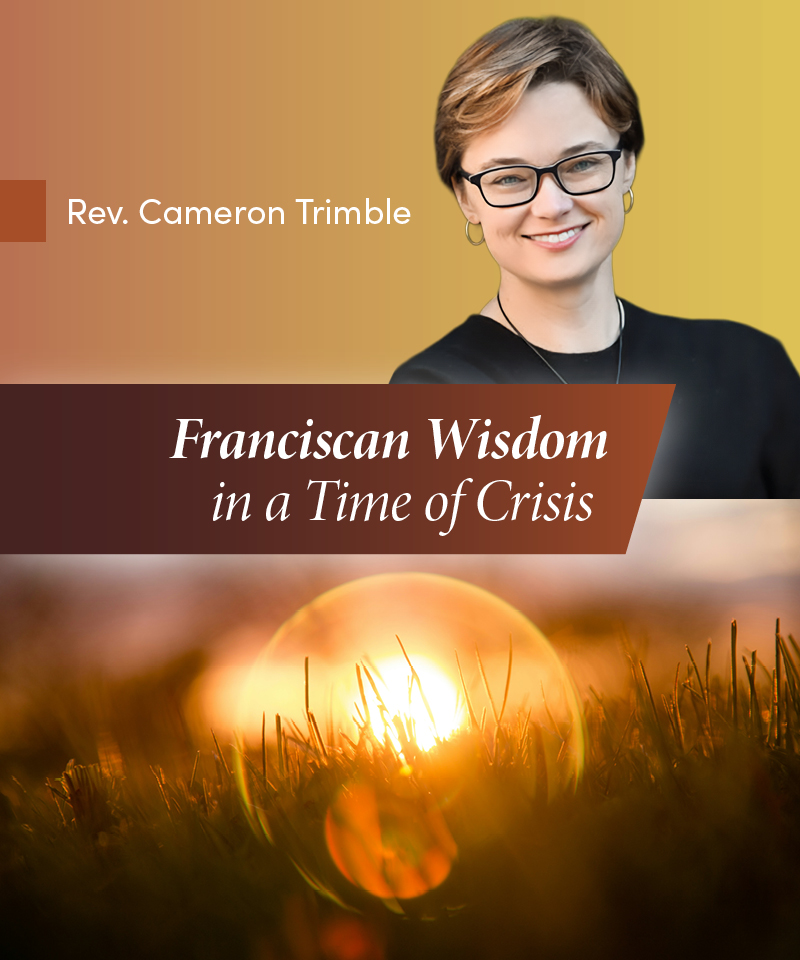
.jpg?sfvrsn=a7de5eb8_1)


